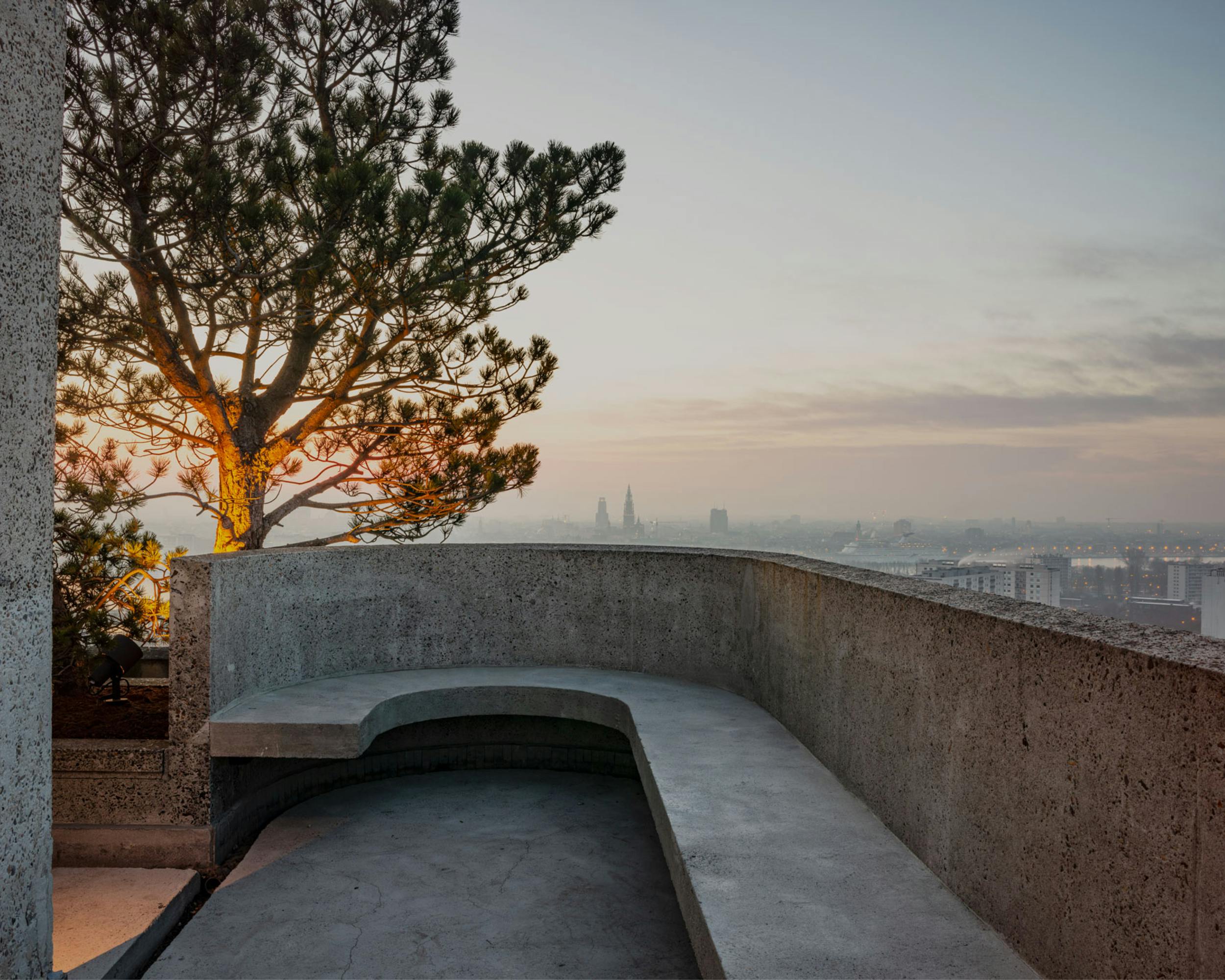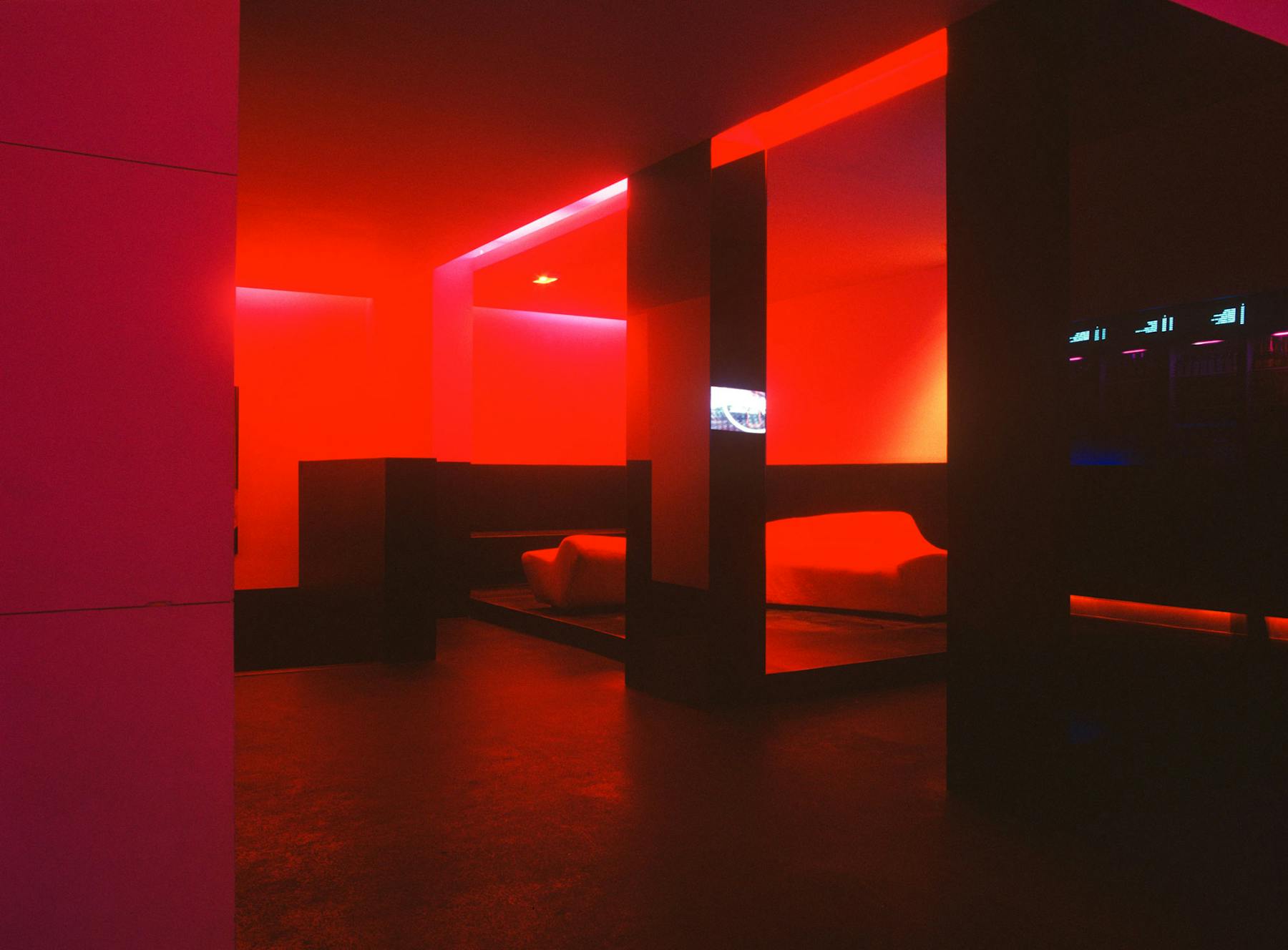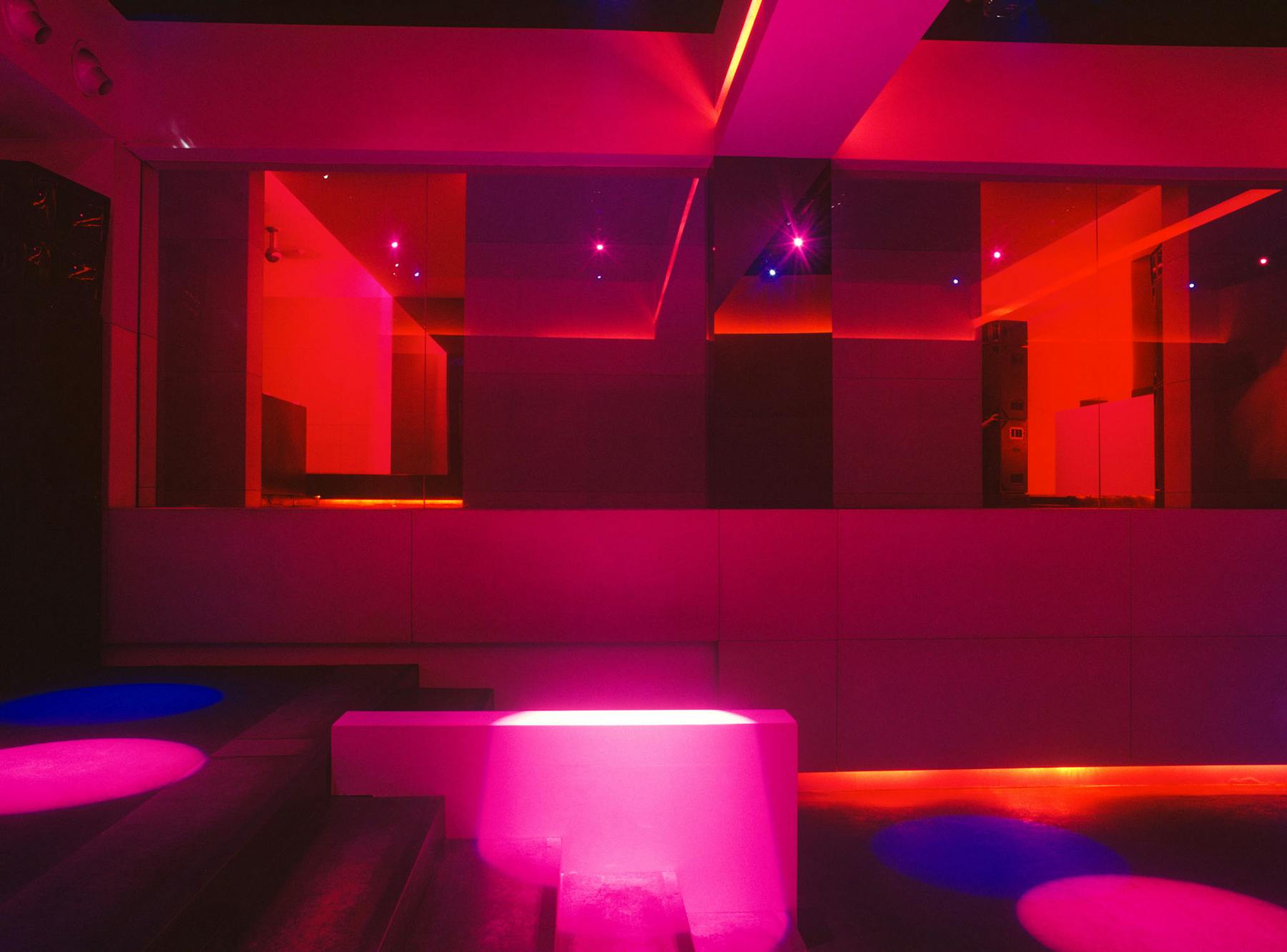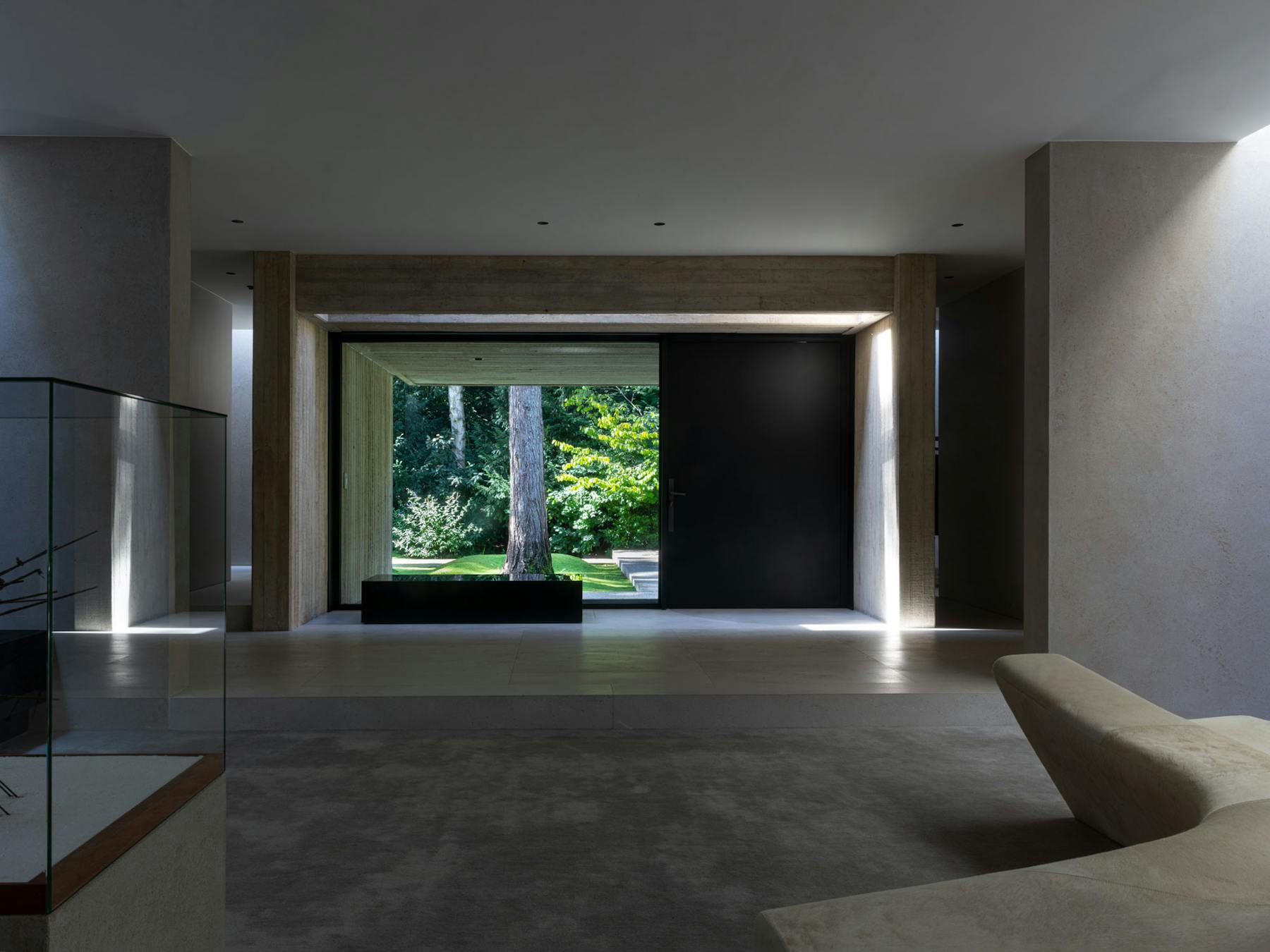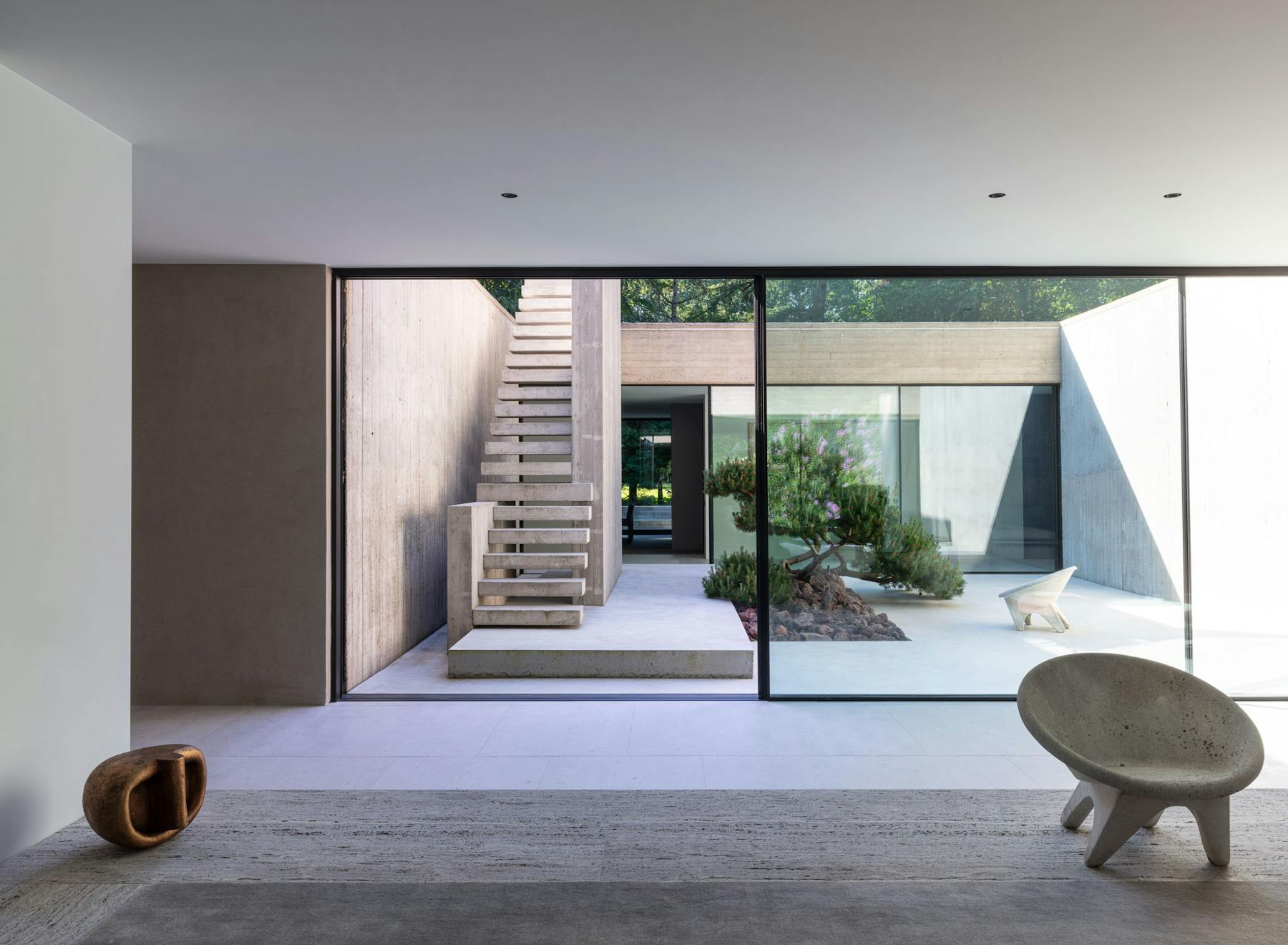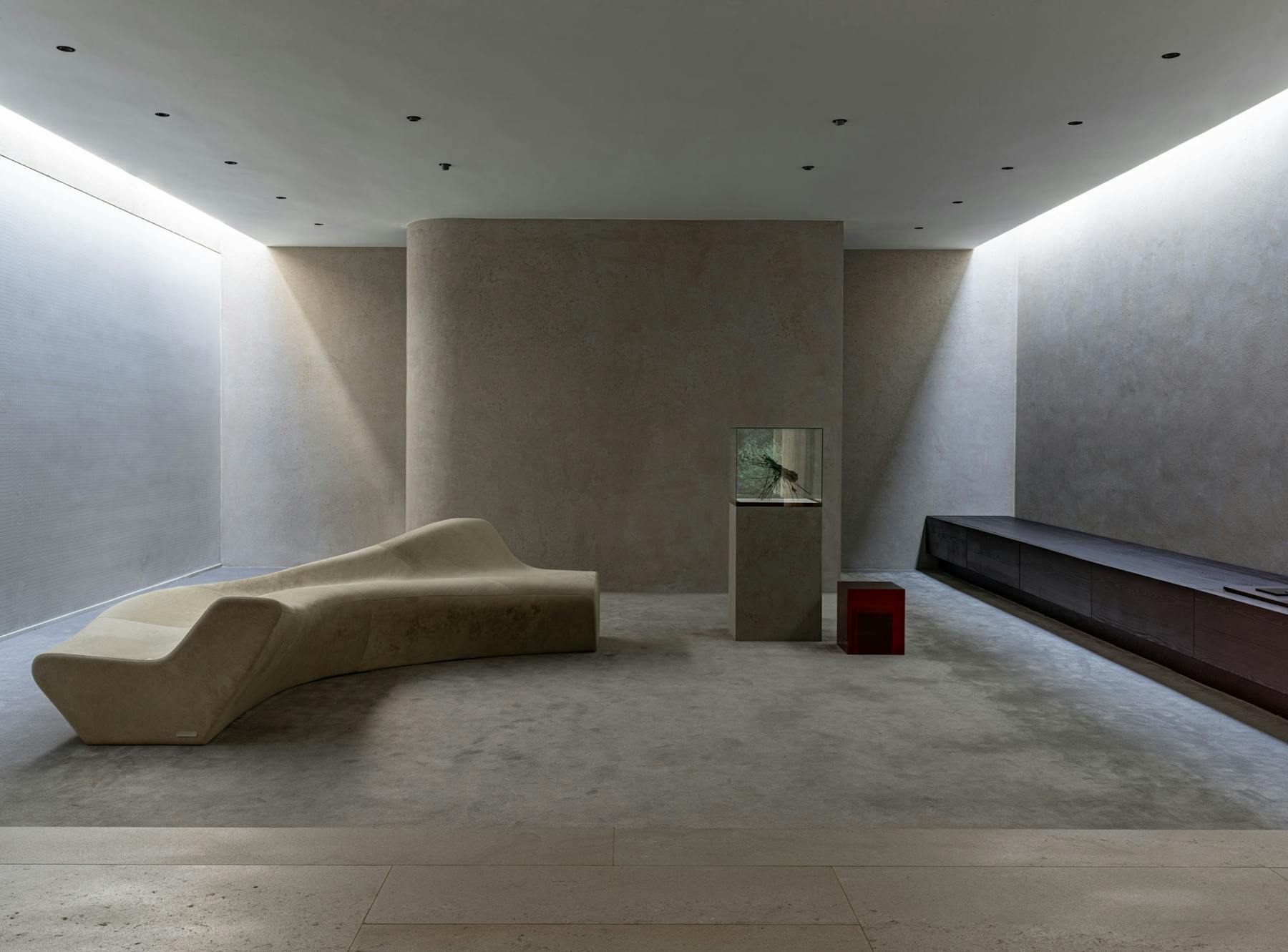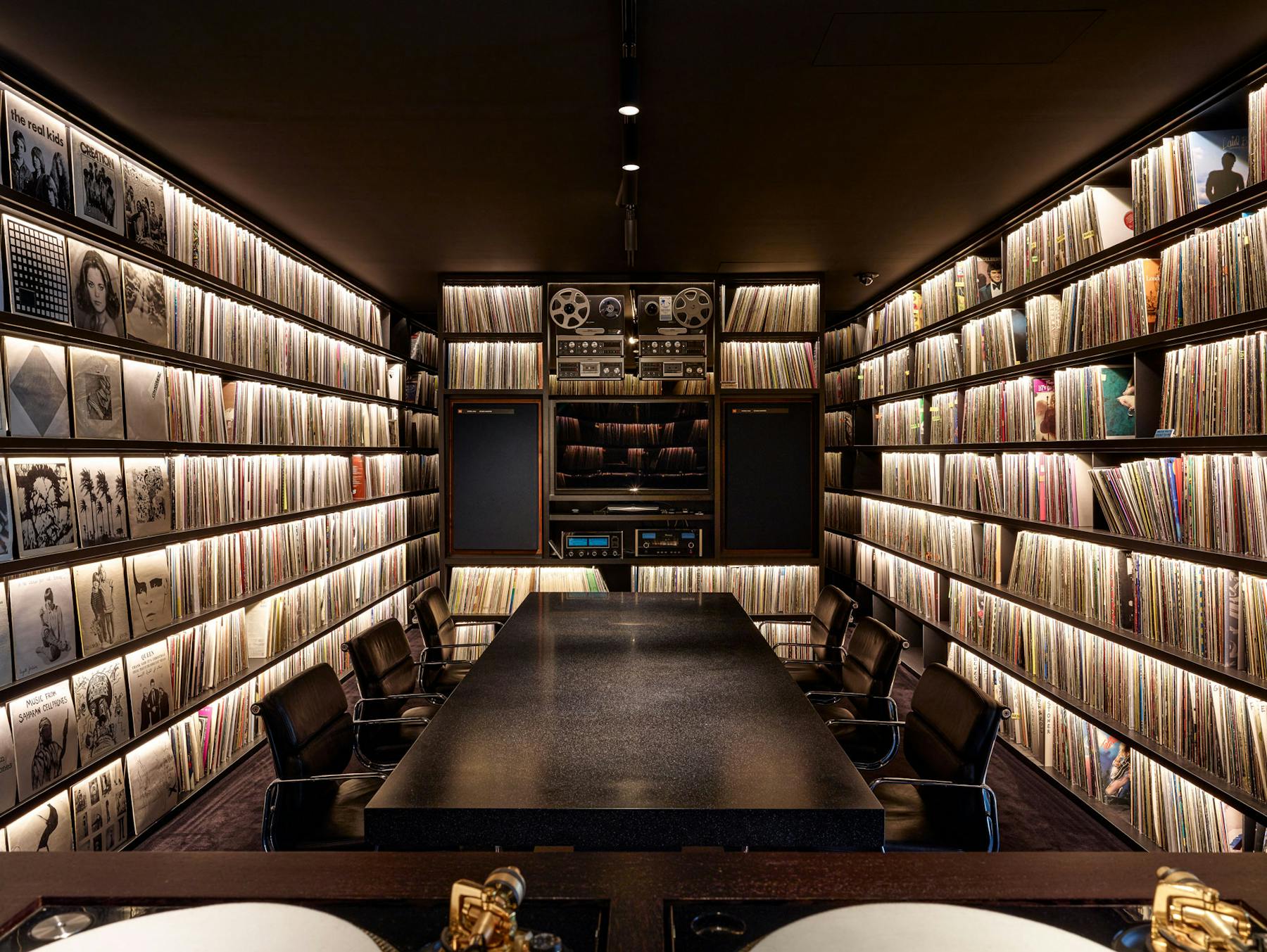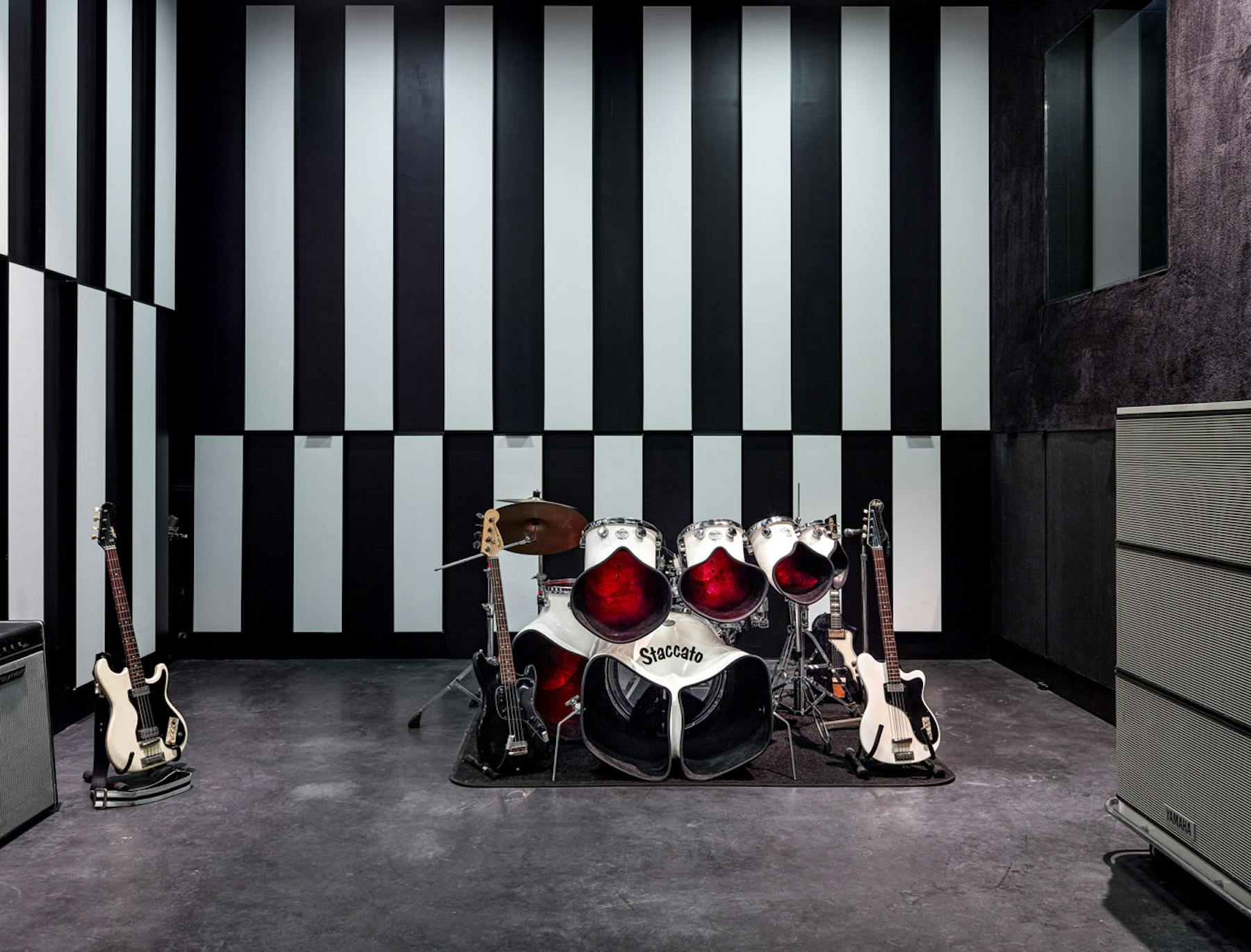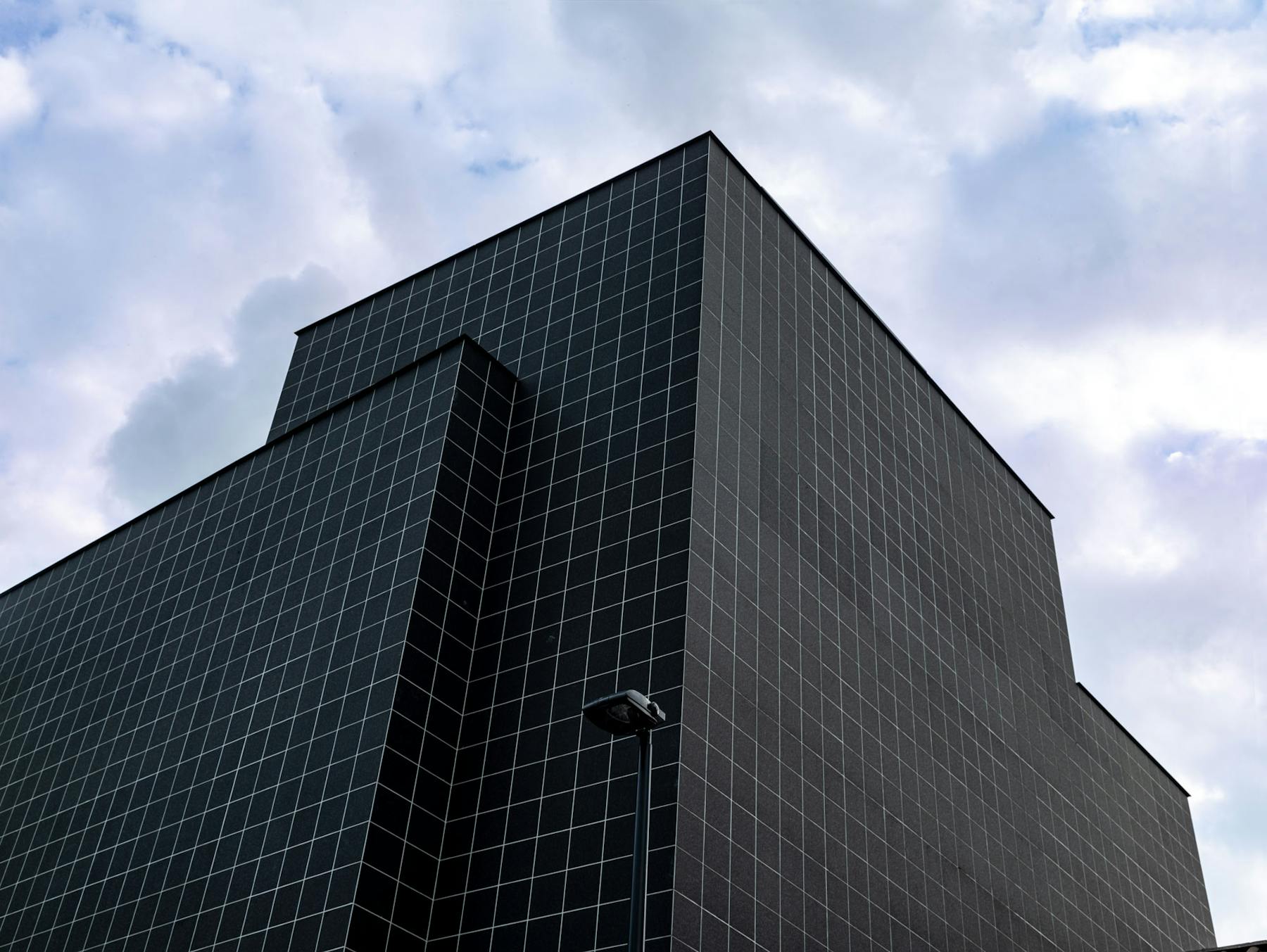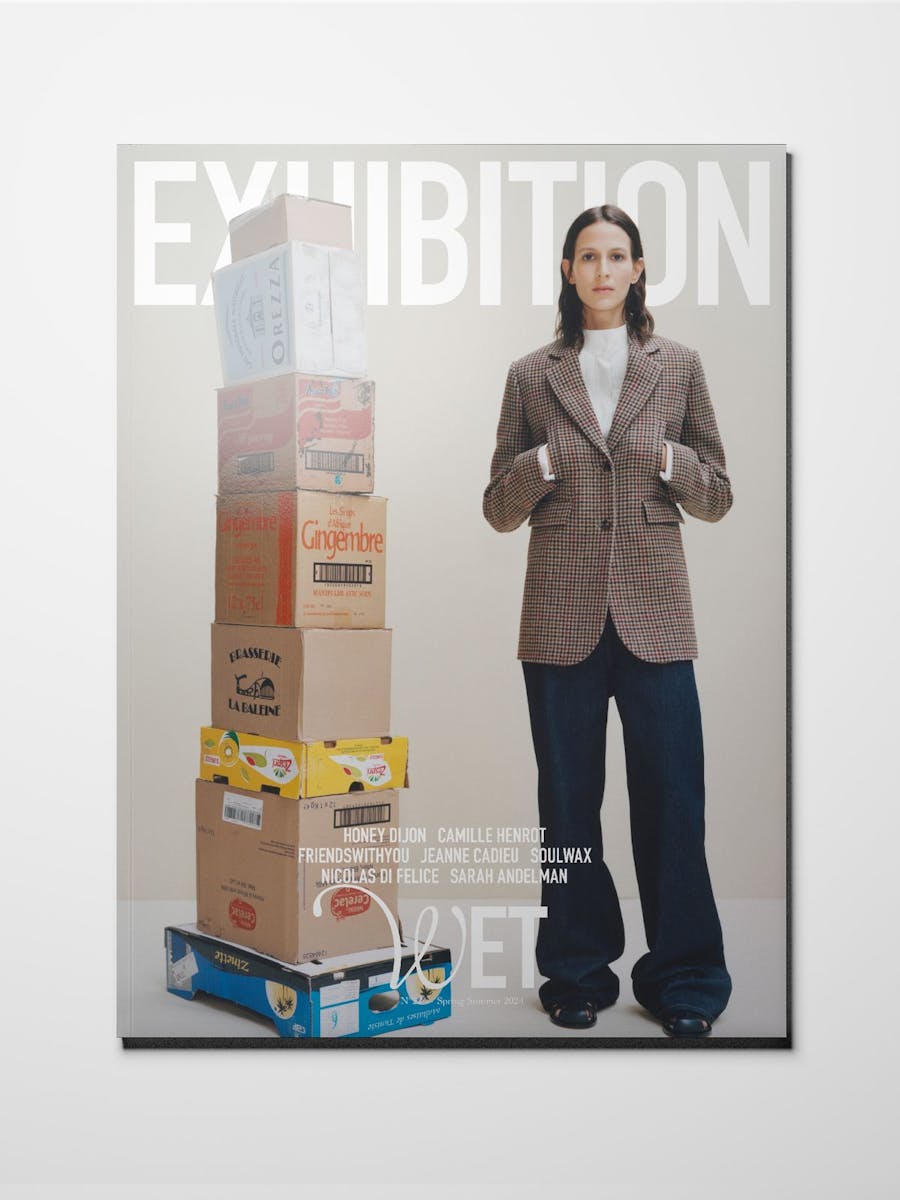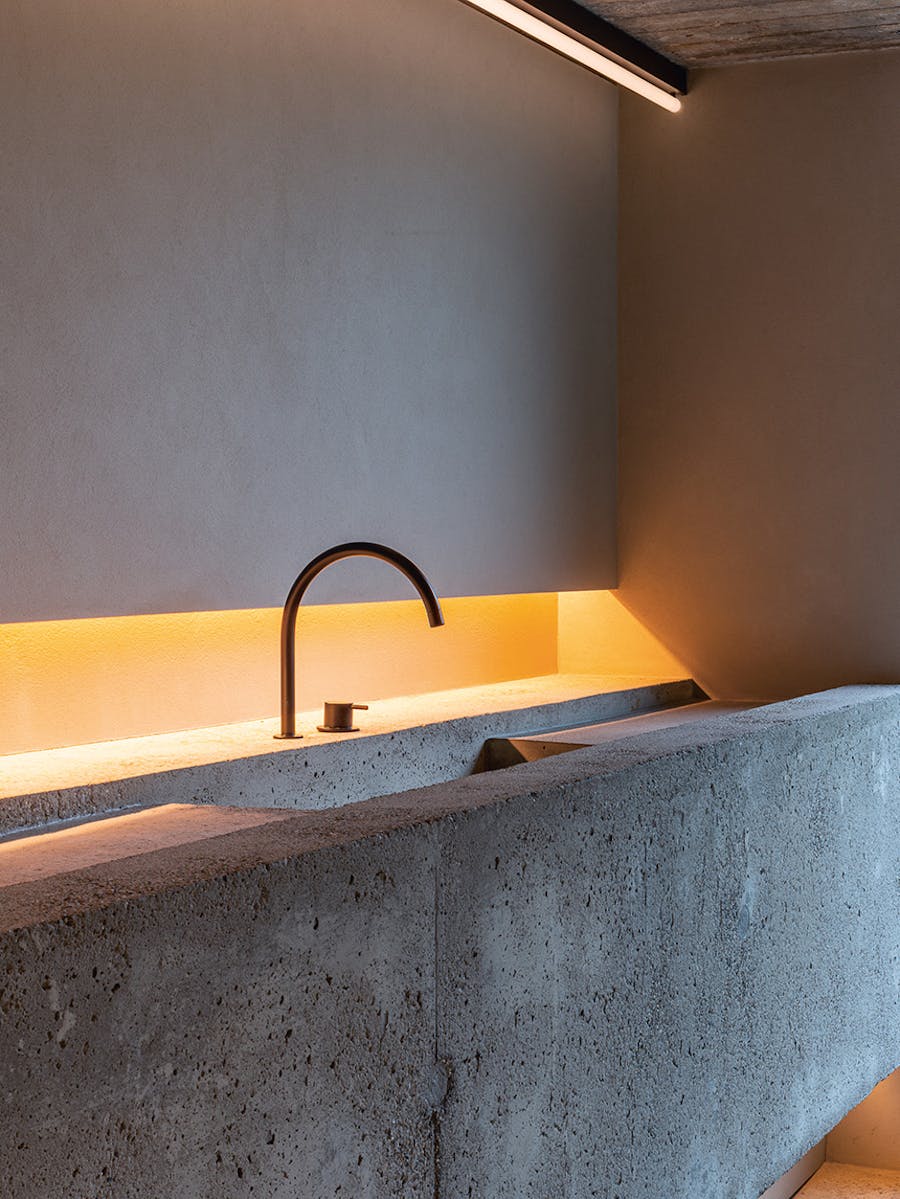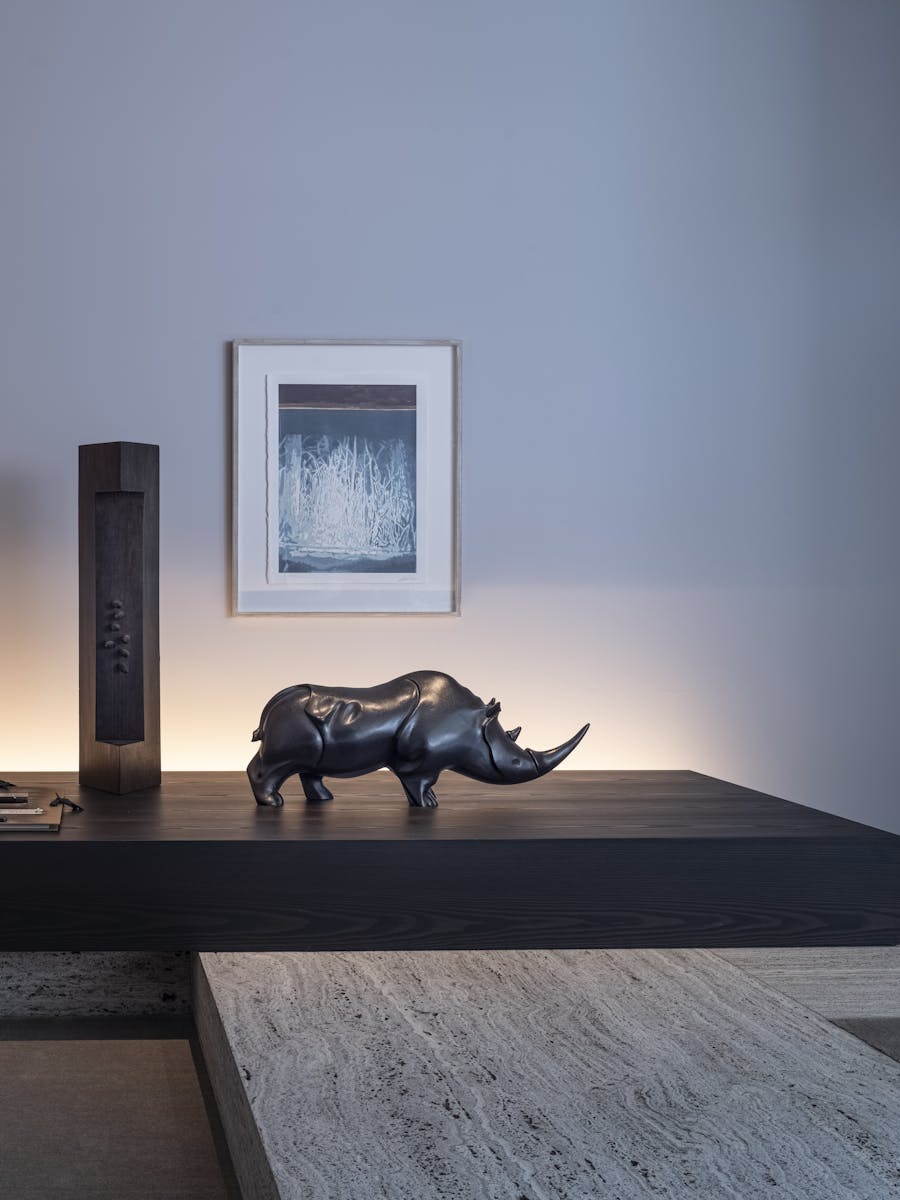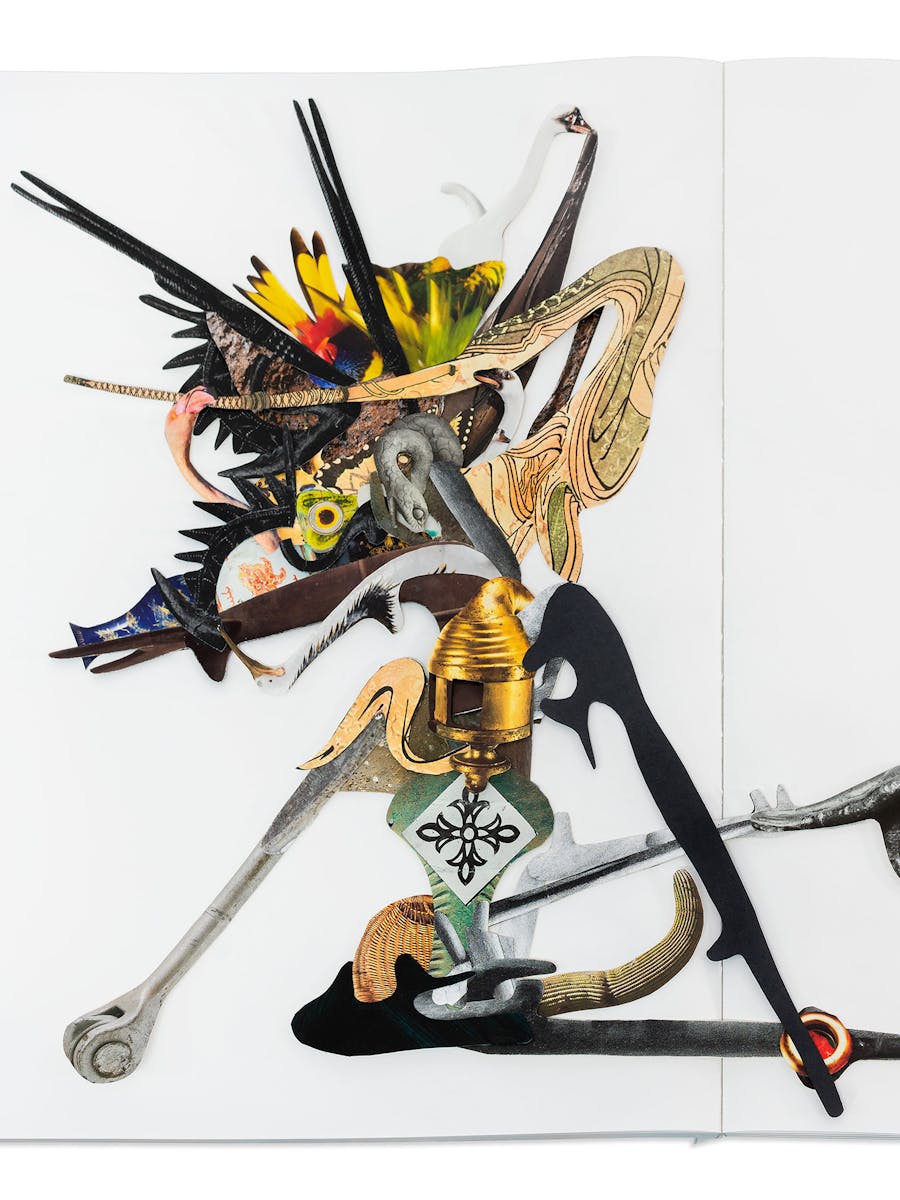From The Wet Issue
Honey Dijon, Michel Gaubert, Soulwax and The Magician: a dialogue between architecture and music with Glenn Sestig's creative entourage.
Since the beginning of his career, the world-renowned Belgian architect has surrounded himself with some of the greatest contemporary minds, from fashion designer Raf Simons to artist Luc Tuymans. Between Antwerp and New York, Paris and Beijing, Glenn Sestig cultivates a taste for art and beautiful encounters, and opens the doors to his galaxy in a first interdisciplinary face-to-face with four emblematic figures from the music industry: Honey Dijon, DJ, producer and fashion icon; Michel Gaubert, sound illustrator and runway tracks designer; Soulwax, avant-garde electronic duo; and Stephen Fasano, aka The Magician, DJ and music producer. Wet aesthetics, hedonistic design and sound system, we break the wall of sound.

Photography by Jean-Pierre Gabriel.
What fundamental values do music and architecture share?
HONEY DIJON The similarities involve light, harmony, balance, movement, and space. It also involves spatial design for music to impact the senses, particularly sight and sound.
If Glenn Sestig were a sound, what would it be?
H.D. A kick drum. That is where the rhythm lies and has the most physical impact. Architecture is very important to the clubbing experience and culture.
How can architecture transform the clubbing experience?
H.D. Design for nightclubs invites you into another realm, or at least it should. All sense of time should be lost and the materials and design should make you feel free and uninhibited. The architecture should lend itself to hedonism. Scale plays a big part in that. The bigger the space the more there is to explore, and the smaller the space should allow for intimacy.
What's your favorite place to perform?
H.D. Wherever there is a symbiotic relationship between me and the dancefloor. That communal connection through music can happen anywhere in the world. It's a universal vibration without borders.
What does the theme Wet inspire you?
H.D. It conjures up memories of late nights on the dancefloor full of sweat and joy. Sweat is our body's natural air conditioning but it is also an erotic connection between emotional
and physical release.
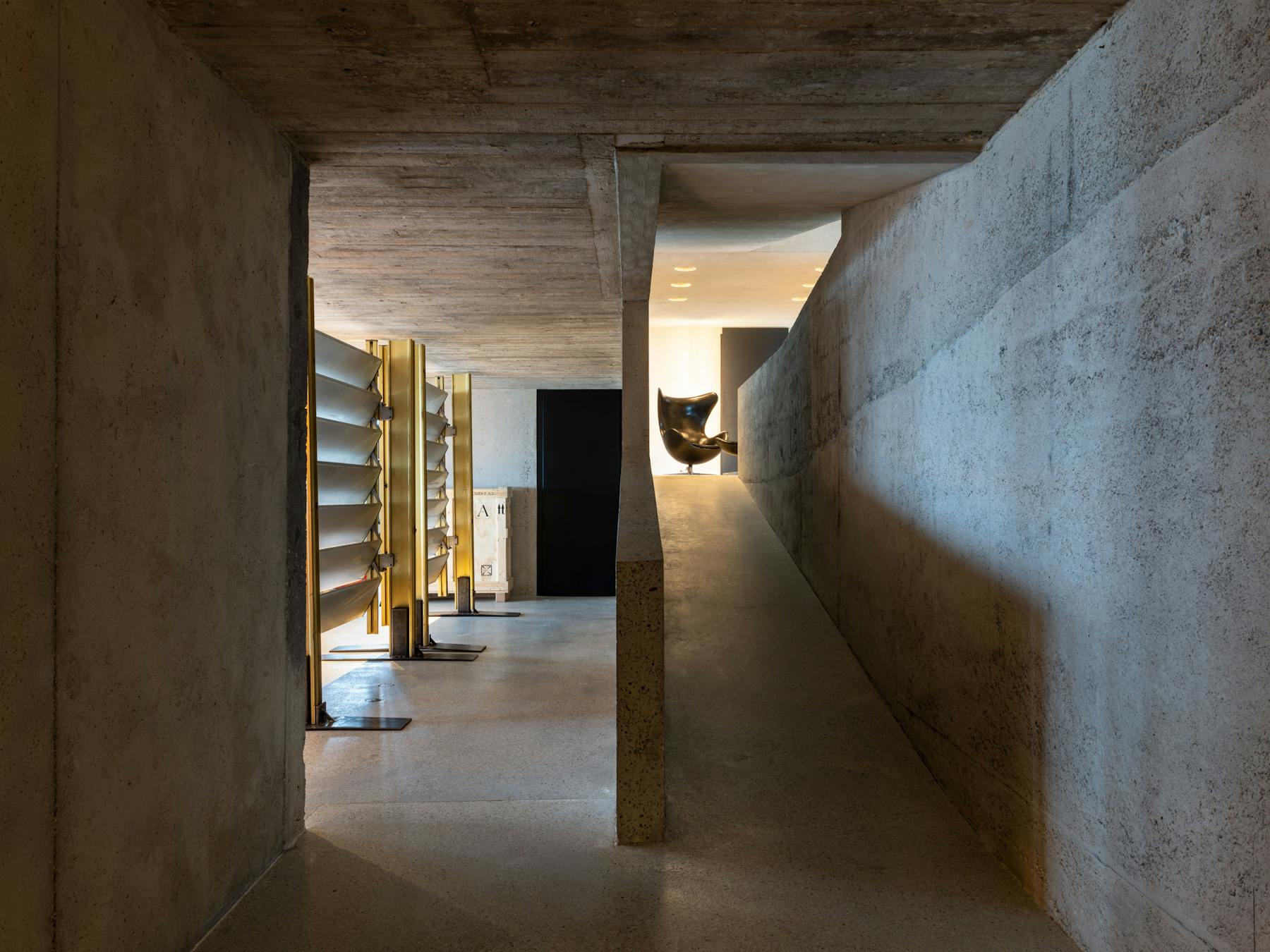
Photography by Jean-Pierre Gabriel.
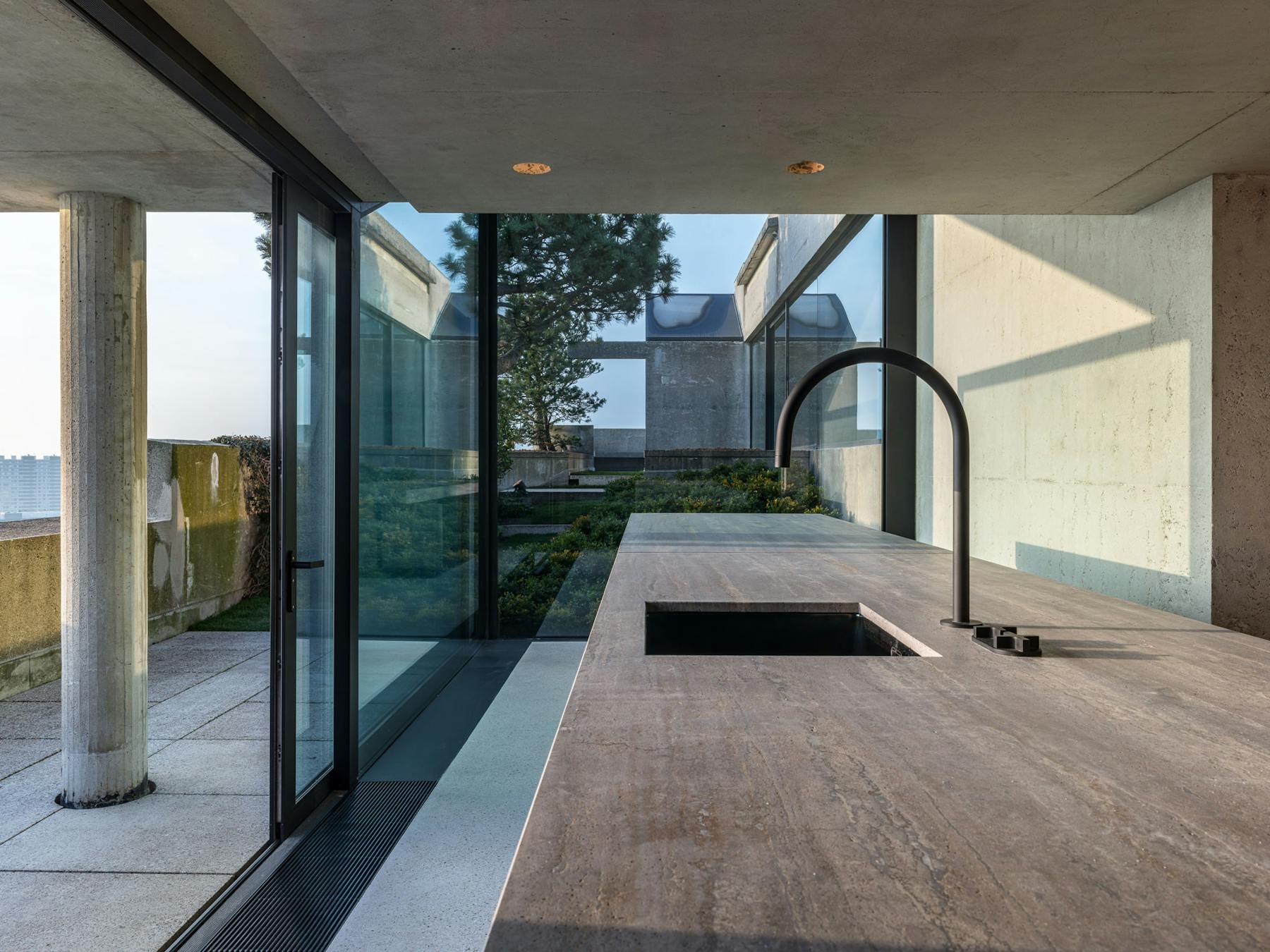
Photography by Jean-Pierre Gabriel.
Can you tell us about that memorable evening when you met Glenn in Belgium?
MICHEL GAUBERT I met Glenn at the Culture Club in Ghent. Colette was celebrating the release of a new compilation with an all-nighter that turned out to be the longest night in club history. We all came by train from Paris and no one noticed that we were changing hours that night. The Rapture, 2manyDJ’s, Vive la Fête, Trevor Jackson were all performing and Ghent gave us the best welcome.
How do you create an osmosis between an architecture, a brand and a sound design?
M.G. I always take these elements into consideration and the location. Therefore architecture is very important to me. I have worked on shows in many architectural landmarks and it impacted the choice of music more in terms of sound than actual choice of tracks. Sound quality is major as it highlights the surroundings more and musical style is more for the mood of the collection, so I try to match both.
Can a building, an architecture inspire a sound design?
M.G. Of course, architecture is a strong image. The Chrysler Building, the Niterói Contemporary Art Museum by Oscar Niemeyer or the Ennis House by Frank Lloyd Wright, all have their specific sound.
Dance euphoria, electric nights. Any wet memories?
M.G. I associate being wet with heat. One night in La Havana we danced all night under a tropical rainstorm and it was such a pleasure to be carried away by the music and the rain, it was liberating.
3 words to describe Glenn’s aesthetic?
M.G. Brutalist - Minimal - Elegant.
What are your tastes in terms of architectural style?
THE MAGICIAN We just bought a house from 1976 built by the architect Paul Noel. It is a penthouse that has a lot of different levels and also a 5m high window in the living room which gives a lot of light. It also has a really unique interior with rounded walls. We painted everything in white. The house inside looks like Greek wall architecture, Ibiza interiors and Palm Springs Mid-century decoration.
What inspires you in Glenn’s aesthetic and creations?
T.M. I’ve been amazed by the Pavilion Sestig. The angles are rounded and the pavilion is in concrete which I love. I like the fact that the house is raised which gives this impression of floating. I’m a big fan of brutalist architecture. Each room is modern and minimalist that gives me a sensation of zenitude. The patio inside with the stairs and the bonsai makes me travel, I find a flavor of Japan pop or Mexico.
What is the link between music and architecture according to you?
T.M. When I make music, I get inspired by what I see while I'm travelling all around the world. I see different sorts of architecture when walking in NYC, Tokyo, Los Angeles, Roma or Mexico City. When I make a song, it is like a house, the walls are the structure and the decoration, the melody or vocals.
Can architecture or interior design inspire a sound?
T.M. Yes! For example, I'm really inspired by the 70-80s music and it’s the same in interior design. It is an era that I love so much. My upcoming album is very inspired by the synthesizers and drums from that era. My house interior is also very 70s.
According to the writer Goethe: “Music is liquid architecture; architecture is frozen music.”
T.M. I find it interesting to make the comparison with water. Somehow flowing water makes noise while frozen water
does not.
What do you think is the link between music and architecture?
SOULWAX They are both expressions of creativity. Depending on the situation, music can be more free since it doesn’t have to marry aesthetics with functionality but we tend to like it when music hits on different levels so in our case music and architecture are quite comparable.
Can you describe Glenn's Studio Deewee?
S. When we first contacted Glenn, we wanted to build a studio that also housed our record collection and all of the books and instruments that we had been collecting over the years. Gradually, it has become the place we want to spend the most time in. The building we made with Glenn is an exercise in modernist architecture where every square meter is optimised to create a multifunctional space that on any given day is home to various aspects of our creativity. The studio has become the basis of everything we do creatively. I guess that initially we had set out to make an aesthetic workspace, and over the years have become surprised at how functional the building has become.
How can architecture transform the musical experience?
S. We are inspired on a daily basis to create from the place we built in collaboration with Glenn.
Whether on tour with Soulwax or in clubs as 2manydjs, where do you prefer to perform?
S. Over the years, we have gotten so used to travelling and playing all over the world that it’s hard to keep it as exciting as it used to be, but Japan definitely always surprises us and is the place we cannot wait to go back to.
